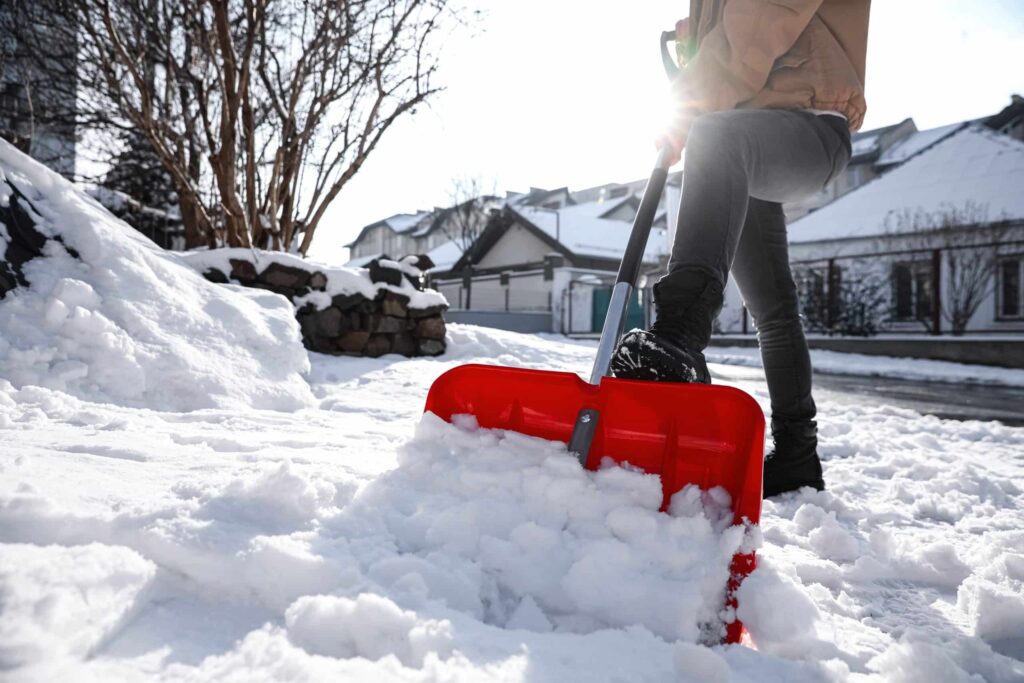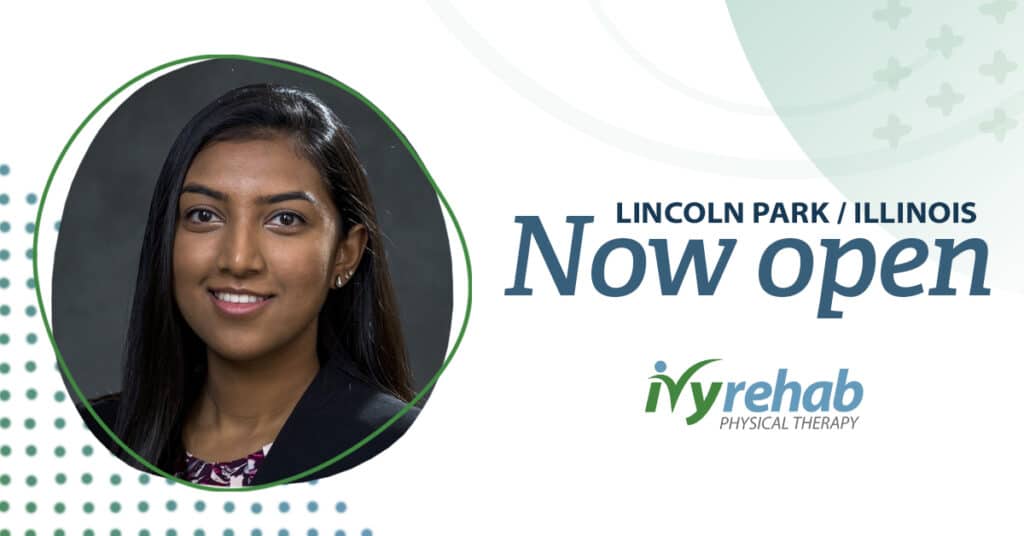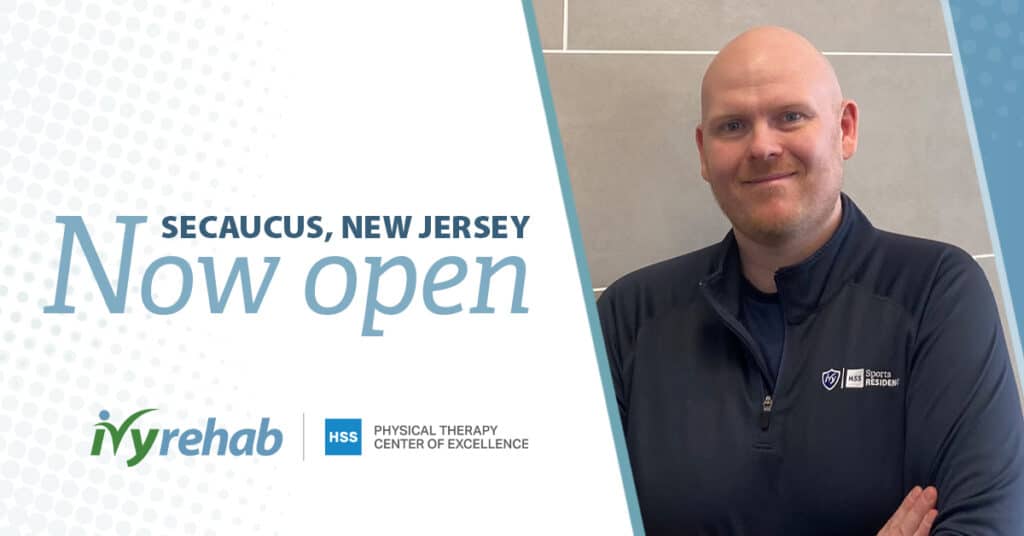Anyone who lives in a region with snow can relate – you wake up in the morning and look out the window expecting to see green grass but instead, you’re greeted with 6 inches of snow. It looks pretty from inside; the first snow of the season always does. Then you realize you’ve got an entire driveway to shovel before heading off for work. Ugh…is it spring yet?
Oftentimes we don’t realize the effort that it takes to push snow. We’re focused on getting it out of the way but the next day the pain and soreness kicks in. Snow shoveling is a repetitive activity that can cause muscle strain, especially to the lower back and shoulders. We’ve put together some tips and stretches to help you avoid pain after shoveling.
Tips to avoid injury and pain after shoveling
- Lift smaller loads of snow.
- Bend your knees, keep your back straight, and lift with your legs rather than your back.
- Use a shovel with a shaft that lets you keep your back straight while lifting. A short shaft will cause you to bend more to lift the load. Using a shovel that’s too long makes the weight at the end heavier.
- Step in the direction in which you are throwing the snow to prevent the low back from twisting, as excessive twisting puts pressure on the spine.
- Take frequent breaks, stand up straight, and walk around periodically to extend the lower back.
Stretches and exercises to avoid pain after shoveling
Getting ready to head out and tackle the sidewalks? Here are a few stretches and exercises you can do to avoid pain after shoveling.
- Low back: Stand up straight, place your hands toward the back of your hips, and bend backward slightly for several seconds.
- Hamstrings: While holding onto something for support, straighten your leg out and place your heel up on a chair, tighten your thigh, and pull your toes towards your body. Feel the stretch in the back of your leg. There’s no need to bend forward and it’s better if you don’t. Just stand up tall and keep both legs active. Hold for 10 breaths and repeat on the other side.
- Quads: Holding onto something for support, stand up straight and bend one leg, grabbing your foot up near your buttocks. You should feel this stretch in the front of the thigh of the bent leg as you hold for 10 breaths. Repeat on the other side.
- Core: While standing, imagine pulling your belly button in towards your spine and engaging your abdominal muscles without letting your pelvis tuck under. Hold for 5-10 seconds while breathing normally and repeat a few times. This exercise uses the innermost layer of abdominal and back muscles.
- Mindfulness: As you’re shoveling, focus on the rotating movements happening in your hip joints. Place your finger on the front of your hip joints (located at the top of each thigh near the groin) and practice a few sways side to side, simulating raking. Avoid letting the rotation happen at your waist—this will cause unnecessary movement around your lumbar spine.
Movement experts here to help!
Our licensed physical therapists specialize in helping people improve and regain their flexibility, strength, balance, and endurance. Our highly certified clinicians offer customized plans of care to help each person reach their individual goal. Interested in working with one of our movement experts, give us a call today! Click here to find a location near you and ask about our sports injury screenings.
If you’re experiencing pain after shoveling snow or you have complaints of back pain, neck pain, or shoulder pain, request an appointment today with one of our physical therapists. We can work together on a few stretches and exercises specifically for the areas where you feel pain.
Article Reviewed by Holly Lookabaugh-Deur, PT, DSc, GCS, CEEAA
Holly Lookabaugh-Deur, PT, DSc, GCS, CEEAA is a practicing physical therapist and a partner and Director of Clinical Services at Ivy Rehab Network. Deur is board certified as a geriatric clinical specialist and certified exercise expert for aging adults with more than 35 years of clinical experience. She is certified as an aquatic and oncology rehabilitation specialist and serves as adjunct faculty at Central Michigan University and Grand Valley State University.







